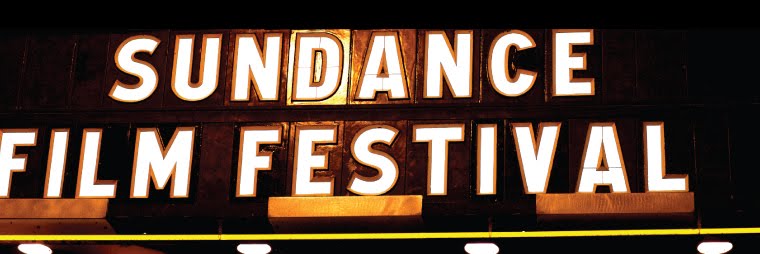A lot of time in class, and in the books we are supposed to read for class, has been spent trying to determine what criteria a film has to fit into to be a documentary, and , if it is considered a documentary, what type of documentary that film is. I have come to one conclusion: It depends on who's giving their opinion.
Many film makers feel that what they have made is a documentary, even if others do not see it that way. Even though "Nanook of the North" (1922) and other films have used re-enactments and may be scripted, doesn't mean that it can't be a documentary. The people that have made these films, and many people who have seen them, consider them documentaries, even if not everyone agrees.
Many people think that Michael Moore is a propagandist, but many others would consider him an activist. He has stated many times that in "Bowling for Columbine" (2002), he was calling for gun law reform. That would make it an advocacy documentary, not a piece of propaganda. Again, it depends on personal opinion.
My point is this: even though everyone may not agree, as long as some people do, and the film maker says it is, it is a documentary. Even if it is not a good one, or it is an inaccurate one, doesn't mean that it's not one. Just like everything else, it is up to the viewer to find out if the information that they are being given in something they are watching is correct. The news can have inaccuracies, books can have inaccuracies, everything can. Just because it is a documentary, doesn't mean that the information in it should be taken at face value. And just because the film is not completely accurate, or is scripted, or contains reenactments, doesn't mean it isn't a documentary either. Whether something is or isn't a documentary is in the eye of the beholder.

Birchall makes an interesting point here. Of course, the academic in me is a bit uncomfortable with ‘it’s a documentary because I say so’?. As we trace the history of the documentary through to the present, we see that many attitudes towards and techniques of film making make it into the trajectory. As with Nichols’ modes, these are often linked to technological advances (mobile cameras, ability to easily record synchronic sound, video). So I think putting the film into its socio-historical context (as Barnouw and Aufderheide do so well) helps see why a certain film we might today call fiction (Nanook of the North (?), and certainly Man of Aran) constituted and are studied as documentaries.
ReplyDeleteLast night I was reading about the useful distinction Barnouw provides between direct cinema and cinema vérité, even though the terms are often conflated (254-255). Rob hinted at this during his presentation on Vertov. For Rouch and others, cinema vérité (film truth, homage to Vertov’s kino-pravda) sought to “instigate moments of revelation” (254). Barnouw says “Rouch maintained that the presence of the camera made people act in ways truer to their nature than might otherwise be the case” (253). Direct cinema watches and waits for the event or crisis; cinema vérité provokes it. I wonder what we will see today in terms of this distinction. Will If a Tree Falls be cinema vérité, with activist filmmakers involved in creating situations? I can’t wait to see!